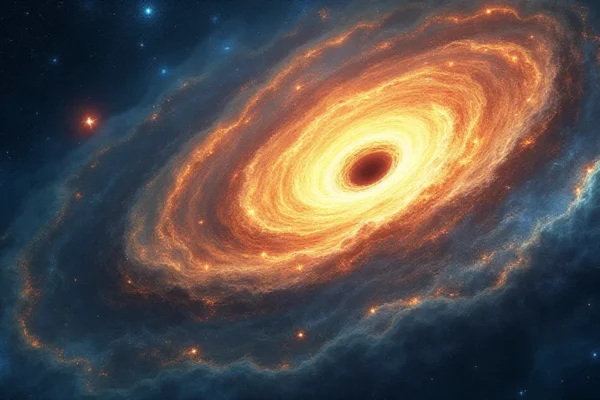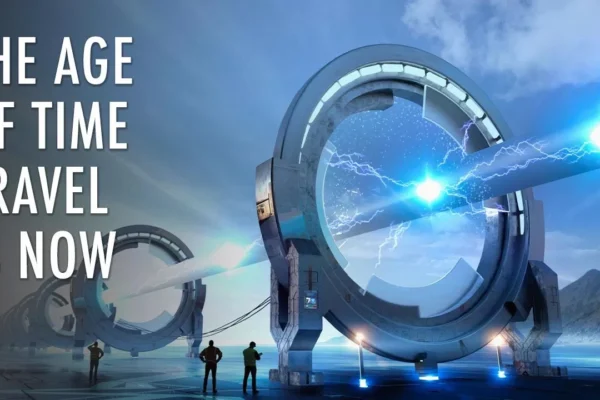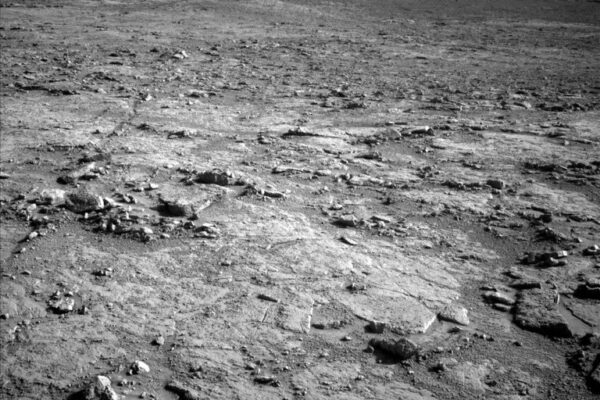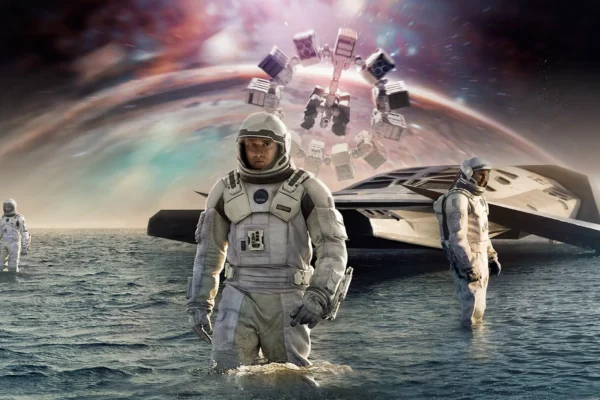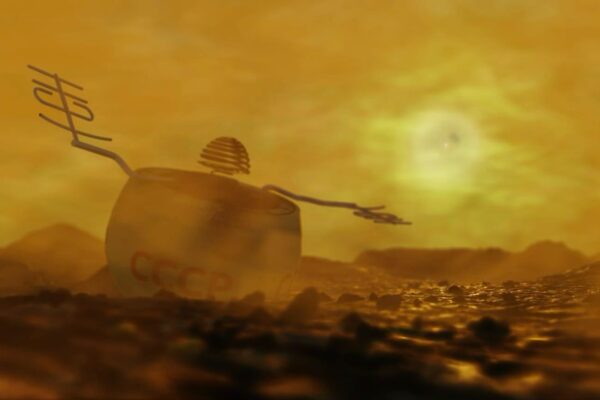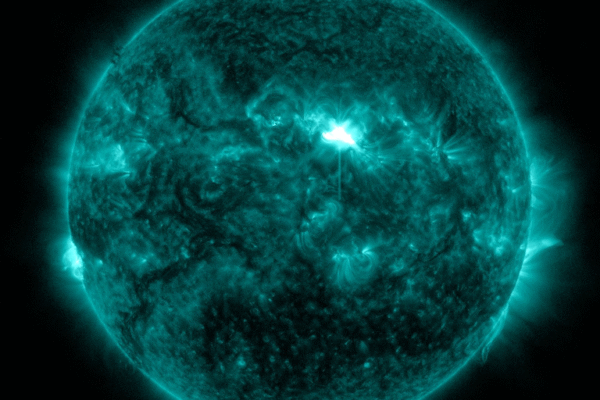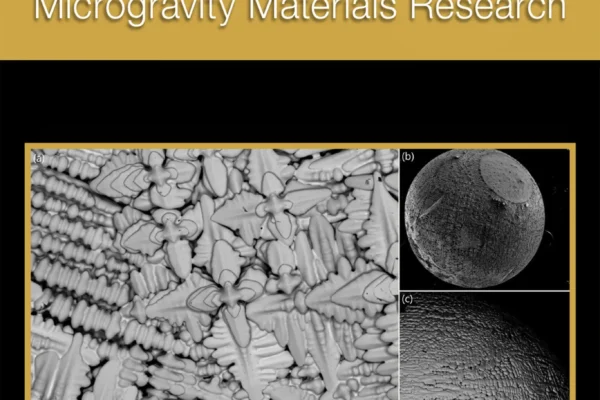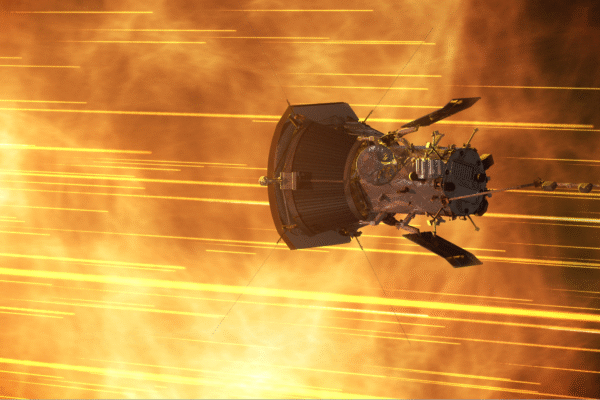
NASA’s Parker Probe Completes 24th Close Encounter with the Sun
NASA’s Parker Solar Probe completed its 24th close dive toward the Sun on Thursday, June 19. It flew just 3.8 million miles (6.2 million kilometers) above the solar surface, once again matching its record for closest approach. This milestone marked the final close flyby in the mission’s baseline plan. From this point forward, Parker will…


